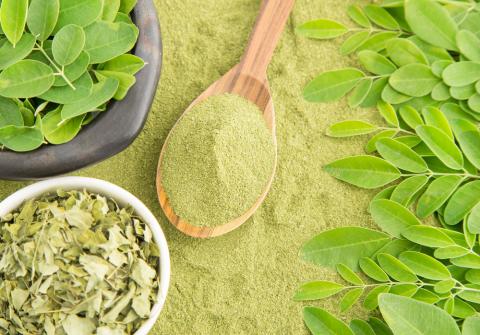Inoculation effect of Azospirillum spp. over nutrimental content of moringa (Moringa oleifera Lam.)
DOI:
https://doi.org/10.28940/terra.v38i1.542Abstract
Moringa is used for human and animal consumption due to its high content of proteins, vitamins and minerals. The present study analyzed and evaluated the effectiveness of Azospirillum spp. over the nutritional content of moringa (Moringa oleifera Lam.) under nursery conditions. The experimental design consisted of four treatments with six repetitions in complete blocks at random, which consisted of the inoculation at 0.5, 1 and 1.5 mL of suspension with 9.8 × 105 CFU mL-1 of Azospirillum spp. The study variables: biomass, protein, macro (P, K. Ca and Mg) and micronutriments (Na, Fe, Cu and Mn) in leaves and stems were determined 70 days after sowing. The analysis of variance showed signif icant statistical differences between treatments only for the variables: potassium content in leaves and calcium content, iron and sodium in stem. According to the comparison of means (P ≤ 0.05) the best treatments were those that received 0.5 and 1 mL of suspension. The inoculation of Azospirillum, failed to increase the dry weight and protein contents; however, the highest values (30.2% crude protein) were associated with its application. The absence of significant effects in the other variables evaluated is associated with inoculum concentration, however, higher values are shown in the nutrient contents in relation to results reported in other research.
Downloads
Publication Facts
Reviewer profiles N/A
Author statements
- Academic society
- Terra Latinoamericana
- Publisher
- Mexican Society of Soil Science, C.A.

















